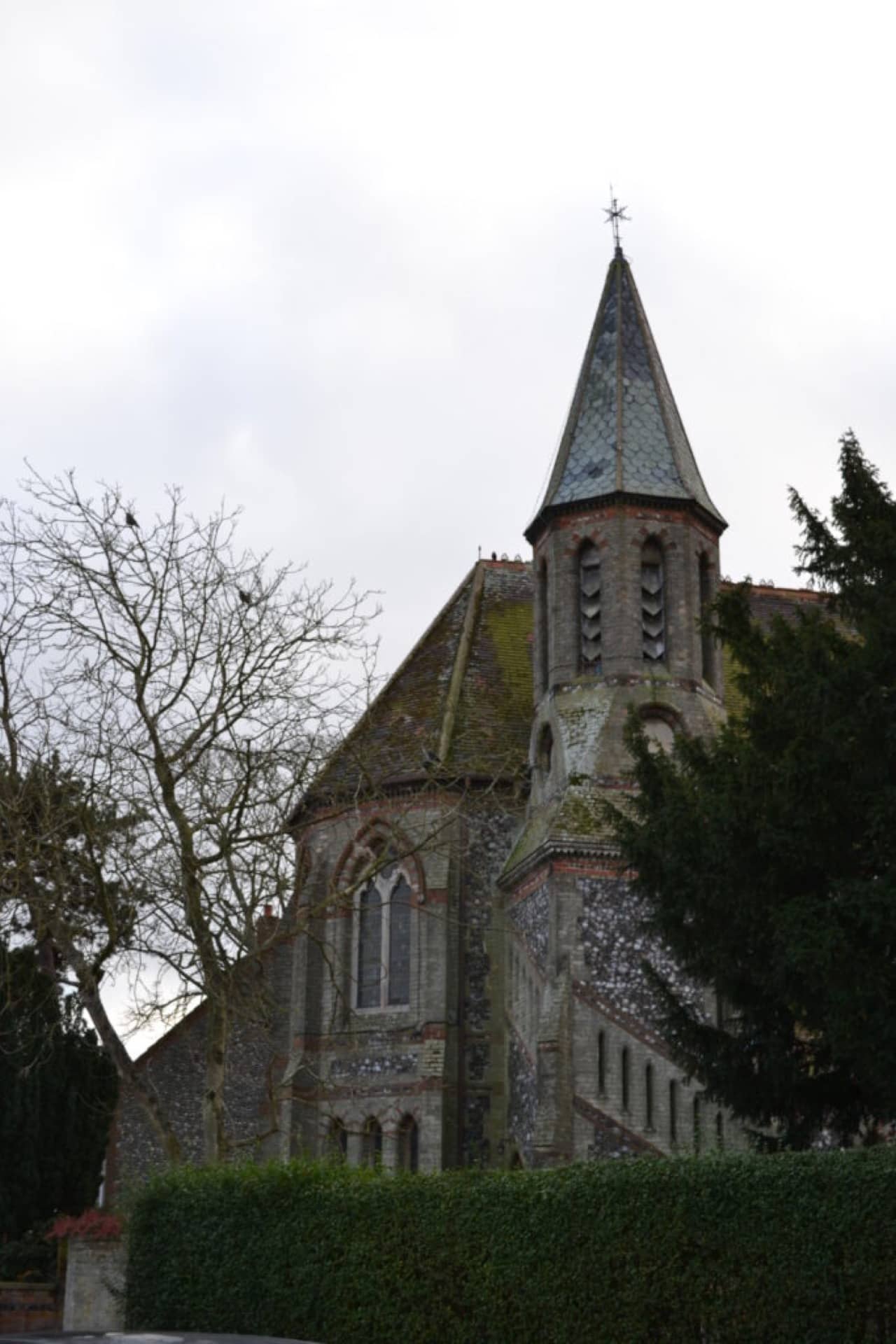Pretty little Holt is full of fabulous independent shops, Sunday markets, restaurants and art galleries, magical for Christmas shopping, when the town sparkles with light. But once Holt was lit by a more devastating glow. It was springtime in the reign of Queen Anne. The countryside frothed with white lace flowers named after her and wild garlic scented the woods. The May Day market of 1708 was packed with people from the villages and coast selling fish, meat and eggs. Amid the good humour of a May morning, no-one saw how the fire started.
Flames raced through the market stalls and timber framed houses. Flying sparks caught the church’s thatched roof, setting the building ablaze. In only three terrible hours, the whole medieval town was reduced to smouldering ruins. Yet good can come from the darkest times…
Many homes had been squalid hovels where plague rats bred and poverty festered. Over the next 100 years, thanks to a royal brief, wealthy benefactors and skilled local craftsmen, Holt was rebuilt. Today’s elegant Georgian town rose from ashes, an elegant architectural phoenix. The back lanes and flint stone yards are Victorian, an enchanting labyrinth for imaginative gift hunters. When you stop for lunch, try Byfords on Shirehall Plain, a survivor of the Great Fire. With a 15th century cellar, this cosy warren of flint walls, flagstone floors and wood panels is now a restaurant, coffee shop, deli and delightfully posh B&B, believed to be the oldest house in Holt.


